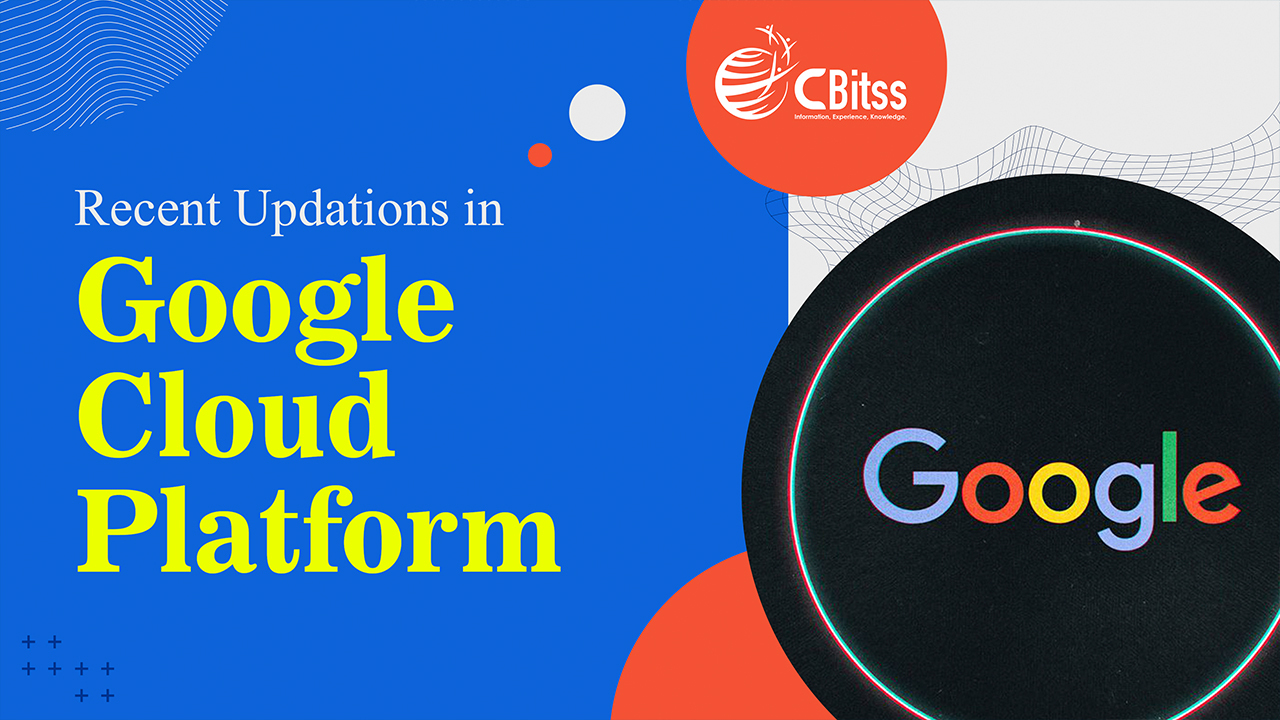Data Analytics Upgrades in Google Cloud: Smarter Insights for Businesses
Introduction
In recent years, businesses have increasingly relied on data analytics to drive decision-making and improve operations. With recent updations in Google Cloud Platform, these capabilities have become even more powerful. Google Cloud’s focus on improving data analytics tools has made it easier for businesses to harness insights from their data. This article explores the latest upgrades in Google Cloud’s data analytics services and how they can benefit businesses.
The Importance of Data Analytics in Business
Data analytics has become essential for businesses across all industries. It helps companies understand consumer behavior, optimize operations, and predict market trends. As data continues to grow in volume, businesses need efficient tools to analyze this data quickly and accurately. Google Cloud has responded to this demand with updates that enhance its data analytics capabilities.
Recent Updations in Google Cloud Platform: What’s New?
Google Cloud has introduced several updates to its data analytics suite in the last few years. These updates aim to improve data processing speeds, enhance reporting capabilities, and offer more advanced features for businesses. The focus has been on providing more intuitive tools that can integrate seamlessly with various data sources.
Enhanced BigQuery Features
What is BigQuery?
BigQuery is Google Cloud’s fully managed, serverless data warehouse solution. It allows businesses to run fast, SQL-like queries on large datasets. BigQuery enables businesses to analyze large amounts of data without needing to manage infrastructure.
New Features in BigQuery
One of the most significant updates to BigQuery is the introduction of BigQuery Omni. This new feature allows businesses to run queries across multiple clouds, including Google Cloud, AWS, and Azure. This makes it easier for businesses that operate in multi-cloud environments to manage their data seamlessly.
BigQuery has also improved streaming analytics capabilities. This allows businesses to analyze real-time data more efficiently. Additionally, updates have enhanced machine learning integration, allowing businesses to leverage AI-driven insights without moving their data out of BigQuery.
Google Cloud’s Looker Integration
What is Looker?
Looker is a powerful business intelligence and data exploration tool that allows businesses to create detailed reports and dashboards. Google acquired Looker in 2020, and since then, the integration with Google Cloud has only grown stronger.
Key Looker Upgrades
The integration of Looker with BigQuery has made data exploration and reporting much more efficient. Businesses can now combine the power of Looker’s data exploration features with the processing speed of BigQuery, leading to quicker, more accurate insights.
Recent updates also include enhanced data visualization tools. With Looker, businesses can now create more intuitive and interactive visualizations, making it easier to convey insights to stakeholders.
Advancements in AI and Machine Learning Tools
Vertex AI: AI Made Simple
Google Cloud’s Vertex AI is an important upgrade that allows businesses to create and deploy machine learning models with ease. With Vertex AI, businesses no longer need extensive machine learning expertise to leverage AI for data analysis.
The tool provides a unified platform that integrates data preprocessing, model training, and deployment in one environment. Recent updates have expanded its capabilities, including automated machine learning (AutoML) and improved model management.
New AI and ML Capabilities
Recent updates in Vertex AI have also introduced natural language processing (NLP) tools. These tools enable businesses to analyze text data from social media, reviews, and customer feedback to uncover trends and sentiments. This upgrade makes it easier for businesses to analyze unstructured data, which is often challenging with traditional analytics tools.
Improvements to Dataflow and Dataproc
What is Dataflow?
Google Cloud Dataflow is a fully managed stream and batch processing service. It allows businesses to process and analyze data in real time. Dataflow is ideal for data integration and transformation tasks.
Recent Enhancements
Recent updates have improved Dataflow’s performance by offering more scalable processing power. The new Apache Beam support provides businesses with more flexibility in processing large datasets. Additionally, Google Cloud has made Dataproc, its managed Hadoop and Spark service, more accessible. These updates make it easier for businesses to run complex data processing jobs at scale.
Enhanced Data Governance and Security
Importance of Data Security
As businesses collect and process more data, ensuring its security becomes paramount. Google Cloud has invested in improving its data governance and security features, ensuring that businesses can handle their data securely and in compliance with regulations.
New Security Features
Recent updates include enhanced identity and access management (IAM) features, allowing businesses to have more granular control over who can access their data. This helps ensure that only authorized personnel can view or edit sensitive data.
Google Cloud has also introduced more robust encryption options, including encryption at rest and encryption in transit, which ensure that data remains secure both during processing and while stored.
Real-Time Data Analytics
One of the most significant trends in data analytics is the growing need for real-time insights. Google Cloud has introduced new tools that help businesses access real-time data more efficiently. Updates to BigQuery Streaming and Google Cloud Pub/Sub enable businesses to analyze real-time data streams and make data-driven decisions faster.
Cost Management and Optimization
Optimizing Cloud Spend
As data analytics becomes more advanced, businesses also need to manage their cloud spending effectively. Google Cloud has introduced new tools for cost optimization, allowing businesses to track and manage their cloud expenditures more efficiently.
BigQuery’s cost controls help businesses understand and manage their usage better. The tool allows users to set budgets and track spending on queries, which helps reduce unnecessary costs. Other updates include better integration with Google Cloud’s billing platform, providing businesses with a clearer picture of their data analytics costs.
Conclusion
Google Cloud has made significant strides in enhancing its data analytics capabilities through recent updations in Google Cloud Platform. With powerful tools like BigQuery, Looker, and Vertex AI, businesses can unlock deeper insights from their data, while real-time analytics and improved security features ensure that they stay competitive and compliant. As data continues to drive decision-making, these upgrades ensure that Google Cloud remains at the forefront of the cloud analytics revolution.



